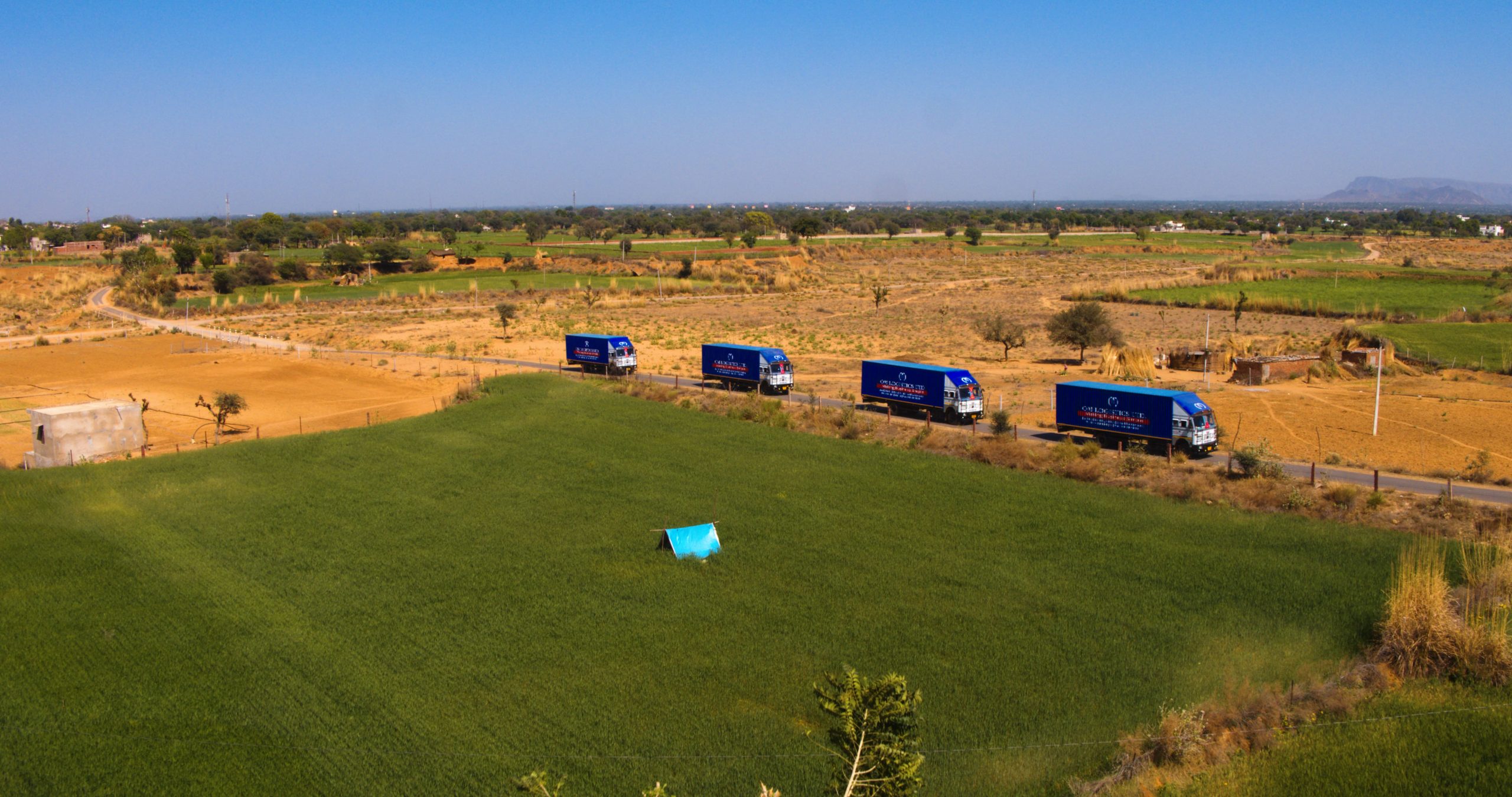Green logistics, also known as sustainable logistics or eco-friendly logistics, refers to the integration of environment friendly practices and principles into the management of logistics and supply chain operations. Green sustainability focuses on reducing the negative impact of transportation, warehousing & distribution activities on the environment, while optimizing efficiency & minimizing waste.
The vital role of green logistics for businesses stems from several key factors :-
1. Environmental responsibility: Adopting nature-friendly logistics practices allows businesses to fulfil their environmental responsibilities by minimizing their carbon footprint, reducing air and water pollution, conserving energy, and preserving natural resources. It demonstrates a commitment to sustainability and helps protect the environment for future generations.

2. Cost savings: Eco-friendly logistics practices often lead to cost savings for businesses. By optimizing transportation routes, reducing fuel consumption, improving energy efficiency, and implementing waste reduction measures, companies can lower their operational costs. For example, adopting alternative fuels or electric vehicles can reduce fuel expenses, while energy-efficient warehouses can lower electricity bills.
3. Regulatory compliance: Governments worldwide are implementing stricter regulations and standards regarding environmental impact and sustainability. Businesses that fail to comply with these regulations may face penalties, fines, or reputational damage. By embracing green logistics, companies can ensure compliance and avoid potential legal & regulatory issues.
4. Stakeholder expectations: Stakeholders, including customers, employees, investors, and communities, are placing greater emphasis on corporate social responsibility & sustainability. By implementing green logistics practices, businesses can meet the expectations of their stakeholders, enhance brand image & strengthen relationships with customers, employees, and investors.
5. Risk mitigation: Nature friendly logistics can help mitigate risks associated with climate change and resource scarcity. By diversifying transportation modes, optimizing routes, and incorporating sustainable practices, companies can reduce their vulnerability to disruptions caused by fuel price fluctuations, extreme weather events & supply chain disruptions.
Its Competitive advantage for the market:
Competitive advantage: Green logistics can provide a competitive advantage in the marketplace. Consumers are increasingly conscious of environmental issues and are more likely to support businesses that demonstrate sustainability efforts. By incorporating green practices into their supply chain, companies can attract environmentally conscious consumers, enhance brand reputation, and differentiate themselves from competitors.
Strategies to be implemented for achieving Green Logistics:-
To achieve environment-friendly logistics, businesses can employ strategies such as optimizing transportation networks, adopting alternative fuels and energy-efficient vehicles, implementing route planning and vehicle tracking systems, practicing waste reduction and recycling, utilizing green packaging materials, and collaborating with environmentally responsible suppliers.
1) Optimize transportation: Reduce fuel consumption and emissions by optimizing transportation routes, consolidating shipments, and utilizing eco-friendly modes of transport such as rail or water whenever possible. Implementing route planning software and adopting load optimization techniques can help minimize empty miles and improve fuel efficiency.
2) Use alternative fuels and vehicles: Transitioning to alternative fuels like biofuels, electric, or hybrid vehicles can significantly reduce greenhouse gas emissions. Encourage the use of eco-friendly vehicles in your fleet and explore partnerships with logistics providers that offer green transportation options.
3) Optimize inventory management: Efficient inventory management minimizes the need for excessive storage and reduces waste. Implement just-in-time inventory systems and explore collaborative supply chain practices like vendor-managed inventory to streamline operations & minimize the environmental impact of excess inventory.
4) Implement reverse logistics: Establish a comprehensive reverse logistics system to manage product returns, repairs, and recycling. Efficiently handling reverse logistics reduces waste and promotes a circular economy by refurbishing or recycling products and components.
5) Embrace green warehousing practices: Implement energy-efficient lighting systems, install solar panels, and optimize heating, ventilation, and air conditioning (HVAC) systems in warehouses. Utilize smart technology for automated energy management and employ sustainable practices for waste management within the facilities.
6) Invest in technology and data analytics: Leverage technology and data analytics to optimize logistics operations, monitor energy consumption, track emissions, and identify areas for improvement. Advanced analytics and real-time visibility enable better decision-making and resource allocation.
7) Enhance packaging sustainability: Optimize packaging materials to reduce waste and promote recycling. Use recyclable or biodegradable packaging whenever possible, and consider lightweight designs to minimize material usage and transportation costs.
8) Educate and train employees: Raise awareness among employees about the importance of green logistics and provide training on sustainable practices. Encourage employee engagement and participation in green initiatives to foster a culture of sustainability within the organization.
By implementing these strategies, organizations can significantly reduce their environmental footprint, enhance operational efficiency, and contribute to a more sustainable future through green logistics practices.

